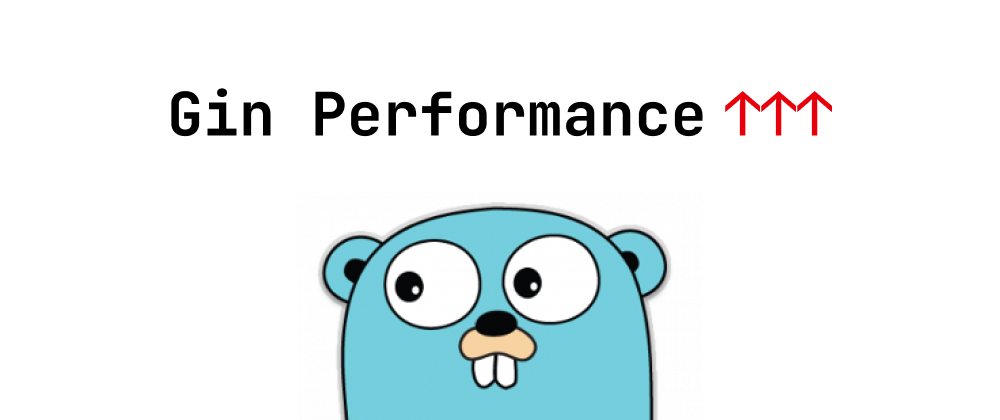YAML vs JSON: A Comparative Analysis
Daniel Hayes
Full-Stack Engineer · Leapcell

Key Takeaways
- JSON is faster and widely used for web APIs and data interchange.
- YAML is more readable and better for configuration files.
- Choice depends on use case: performance or human-friendly editing.
In modern software development, data serialization formats like YAML and JSON are essential for configuration files, data exchange, and storage. While both serve similar purposes, they have distinct characteristics that make them suitable for different scenarios. This article explores their differences, advantages, and use cases to help you choose the appropriate format for your needs.
What is JSON?
JSON (JavaScript Object Notation) is a lightweight data-interchange format that is easy for humans to read and write, and easy for machines to parse and generate. It is based on a subset of the JavaScript Programming Language and is widely used for data exchange between web clients and servers.
Key Features:
- Syntax: Uses braces
{}for objects and brackets[]for arrays. - Data Types: Supports strings, numbers, booleans, arrays, objects, and null.
- Compatibility: Language-independent and supported by most programming languages.
- Usage: Commonly used in web APIs, configuration files, and data storage.
Advantages:
- Simplicity: Straightforward syntax makes it easy to use and understand.
- Performance: Efficient parsing and serialization, suitable for high-performance applications.
- Wide Adoption: Extensive support across various platforms and languages.
Limitations:
- No Comments: JSON does not support comments, making it less suitable for configuration files that require documentation.
- Limited Data Types: Does not support complex data types like dates or references natively.
What is YAML?
YAML (YAML Ain't Markup Language) is a human-readable data serialization format often used for configuration files and data exchange. It emphasizes simplicity and readability, making it accessible for users who are not developers.
Key Features:
- Syntax: Uses indentation to represent structure, similar to Python.
- Data Types: Supports strings, numbers, booleans, arrays, objects, null, dates, and more.
- Comments: Allows comments using the
#symbol. - Usage: Commonly used in configuration files, such as those for Docker, Kubernetes, and CI/CD pipelines.
Advantages:
- Readability: Clean and minimal syntax enhances human readability.
- Flexibility: Supports complex data structures and custom data types.
- Documentation: Ability to include comments aids in documenting configurations.
Limitations:
- Whitespace Sensitivity: Improper indentation can lead to parsing errors.
- Performance: Slower parsing compared to JSON due to its complexity.
- Security: Potential security risks if parsing untrusted YAML content without proper safeguards.
JSON vs YAML: A Side-by-Side Comparison
| Aspect | JSON | YAML |
|---|---|---|
| Syntax | Braces and brackets | Indentation-based |
| Readability | Moderate | High |
| Comments | Not supported | Supported using # |
| Data Types | Basic types | Extended types including dates and references |
| Performance | Faster parsing | Slower parsing |
| Use Cases | Data interchange, APIs | Configuration files, CI/CD pipelines |
| Learning Curve | Low | Moderate |
| Security | Generally safer | Requires caution with untrusted content |
When to Use JSON
- Web APIs: Ideal for data exchange between clients and servers due to its lightweight nature.
- Data Storage: Suitable for storing structured data in databases or files.
- Performance-Critical Applications: Preferred when parsing speed is crucial.
When to Use YAML
- Configuration Files: Commonly used in tools like Docker Compose, Kubernetes, and Ansible.
- Human-Readable Data: Preferred when configurations need to be easily read and edited by humans.
- Complex Data Structures: Useful when representing nested or complex configurations.
Conclusion
Both JSON and YAML have their strengths and are suited for different purposes. JSON's simplicity and performance make it ideal for data interchange in web applications, while YAML's readability and support for complex data structures make it a preferred choice for configuration files. Understanding the specific needs of your project will guide you in choosing the appropriate format.
FAQs
YAML is generally easier for humans due to its indentation-based structure and support for comments.
Use JSON for web APIs, data storage, or when performance is crucial.
Yes, parsing untrusted YAML can pose security risks if not handled properly.
We are Leapcell, your top choice for hosting backend projects.
Leapcell is the Next-Gen Serverless Platform for Web Hosting, Async Tasks, and Redis:
Multi-Language Support
- Develop with Node.js, Python, Go, or Rust.
Deploy unlimited projects for free
- pay only for usage — no requests, no charges.
Unbeatable Cost Efficiency
- Pay-as-you-go with no idle charges.
- Example: $25 supports 6.94M requests at a 60ms average response time.
Streamlined Developer Experience
- Intuitive UI for effortless setup.
- Fully automated CI/CD pipelines and GitOps integration.
- Real-time metrics and logging for actionable insights.
Effortless Scalability and High Performance
- Auto-scaling to handle high concurrency with ease.
- Zero operational overhead — just focus on building.
Explore more in the Documentation!
Follow us on X: @LeapcellHQ




